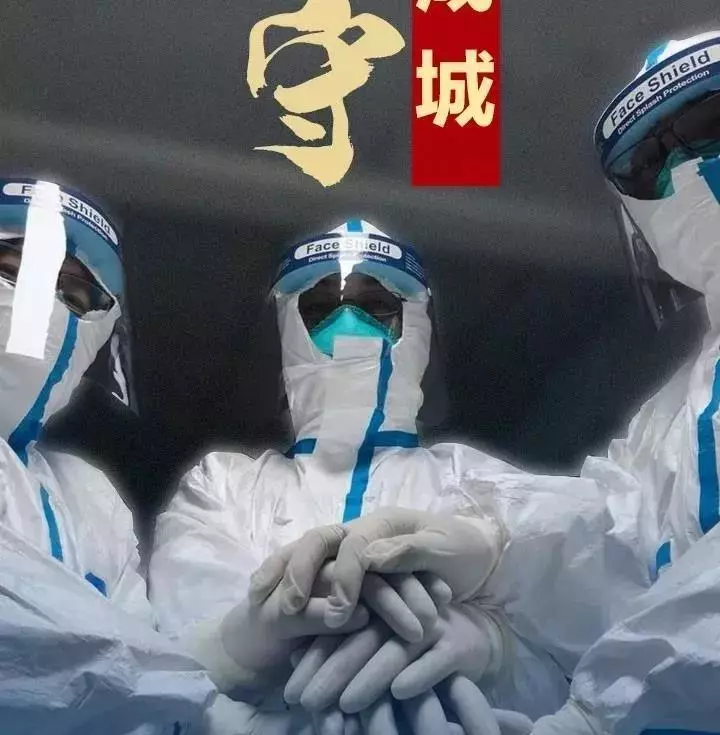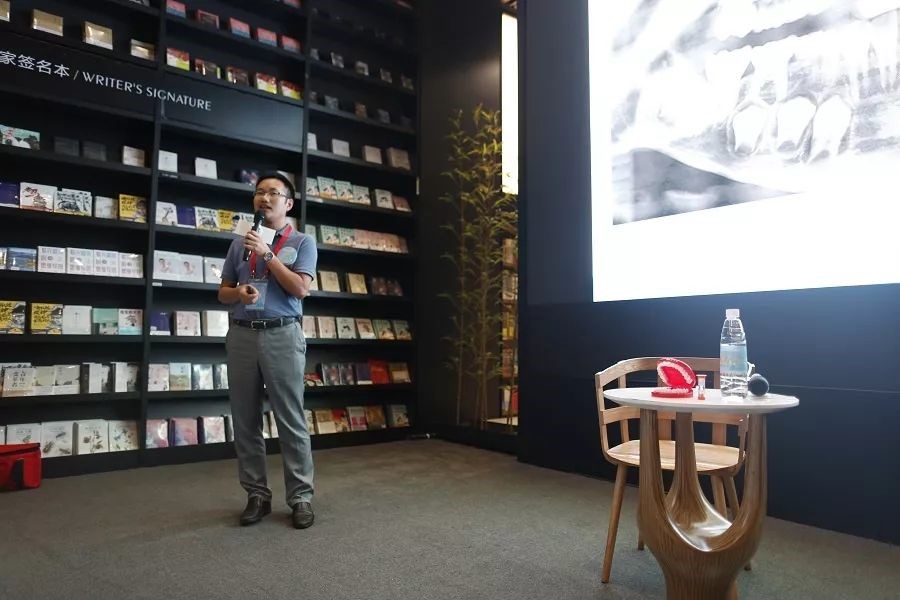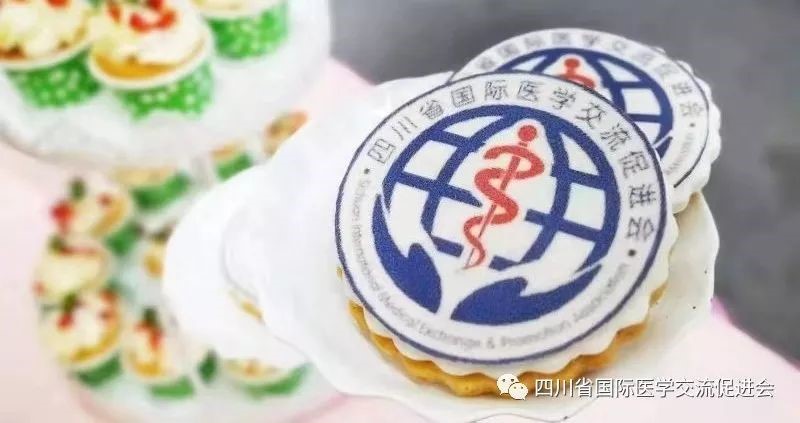This article is from the Critical Care Medicine Department of West China Hospital, Sichuan University.
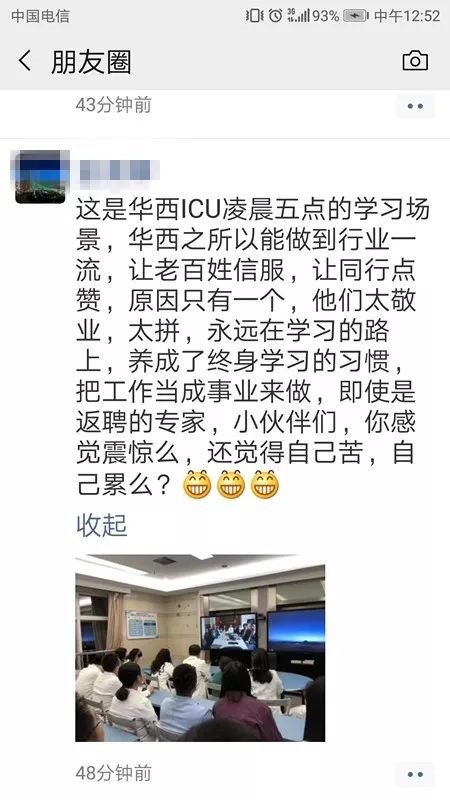
From a Moment of WeChat We can't help but ask if this is the normal state of the Critical Care Medicine Department in the West China Hospital? Responsibly we can say, "trainings may not start at 5 am every day, but there must be a lot of trainings for different levels from Monday to Friday every week. Many of them start at 7:00 am and 7:00 pm or use the time at noon. The purpose is not to delay the diagnosis and treatment for patients during worktime. Training and learning. We are always on the road!
The discussion across the ocean is nothing but finding a better way to save people.
Director Kang Yan::
"We discuss well-prepared and typical cases with complicated treatment processes and unexpected situations. It is a good chance to exchange teaching and treatment experience. We don't want this kind of communication to be sporadic. We hope to make it a routine, which will be a great help to improve both sides. The Mayo Critical Care Team also thinks this way who are even more eager than us to have such a regular project.
Therefore, the two teams are planning to hold routine case discussions and establish high-quality online projects. Perhaps in the near future, with the information technology of West China Hospital and Mayo, there will be more colleagues from home and abroad engaged in Critical Care joining us.””
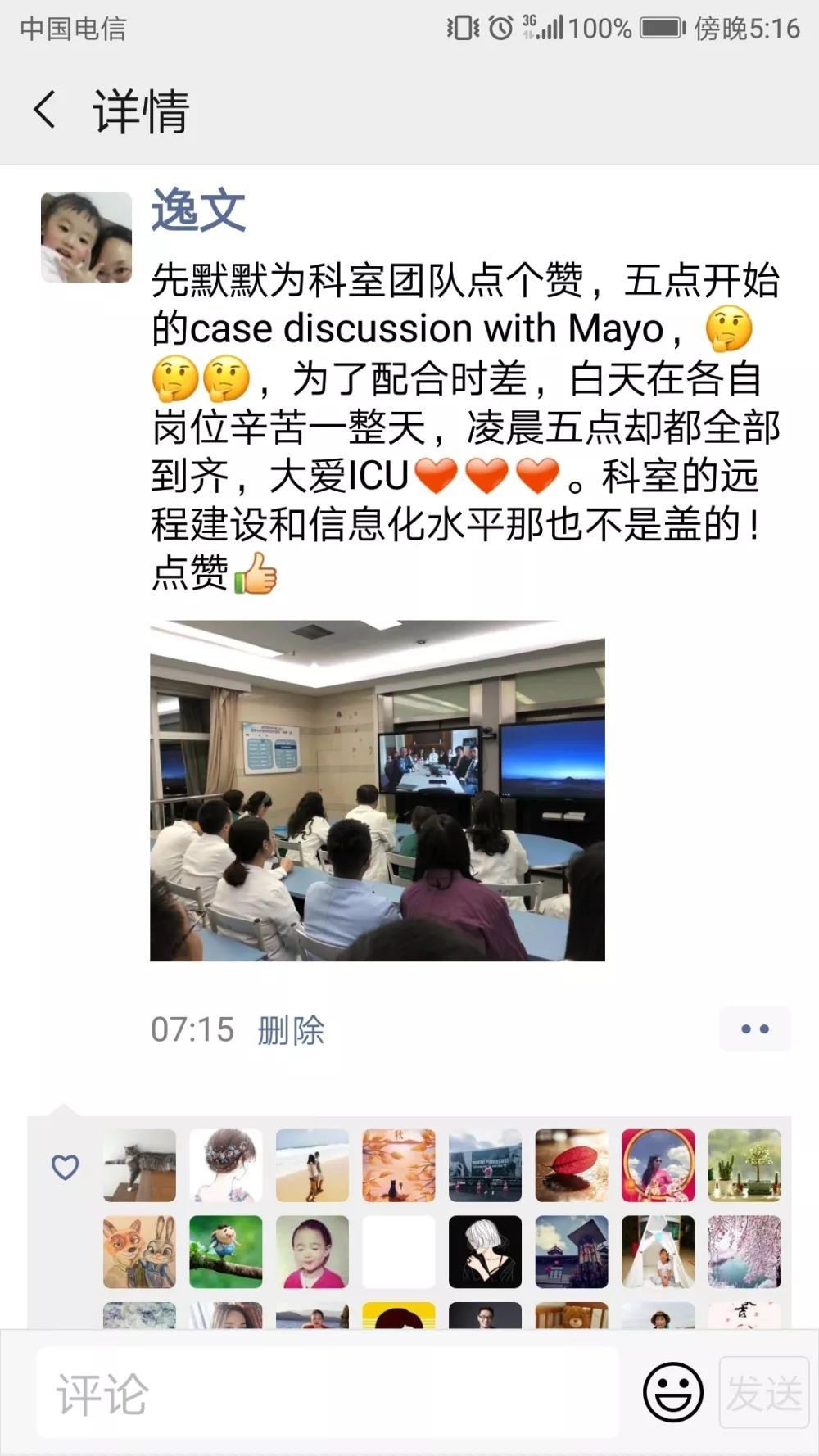
Background
The West China-Mayo International Forum of Critical Care Medicine has been held for three times. In the past few years, the Critical Care Medicine Teams of West China Hospital and Mayo have exchanged personnels to learn from each other, and also opened the online communication and cooperation model. At the beginning of the year, Professor Daniel R. Brown (a visiting professor at West China Hospital, Sichuan University) offered to conduct regular online case discussions between West China and Mayo's critical care teams, which fully shows that both sides have arrived at close levels of academic researches and clinical practices.

Online case discussions
Director Kang Yan said, "we cannot let jet lag become an obstacle to cooperation and communication."
In order to cope with the jet lag, the department management team, the medical team leader, the attending physician, the resident doctor, and the respiratory therapist all went to the department on time, and attended the video conference through the remote information system independently developed by the Critical Care Medicine of West China Hospital at 5 o'clock in the morning. Let's encourage all friends from the West China Hospital!
Critical Care Team of West China Hospital
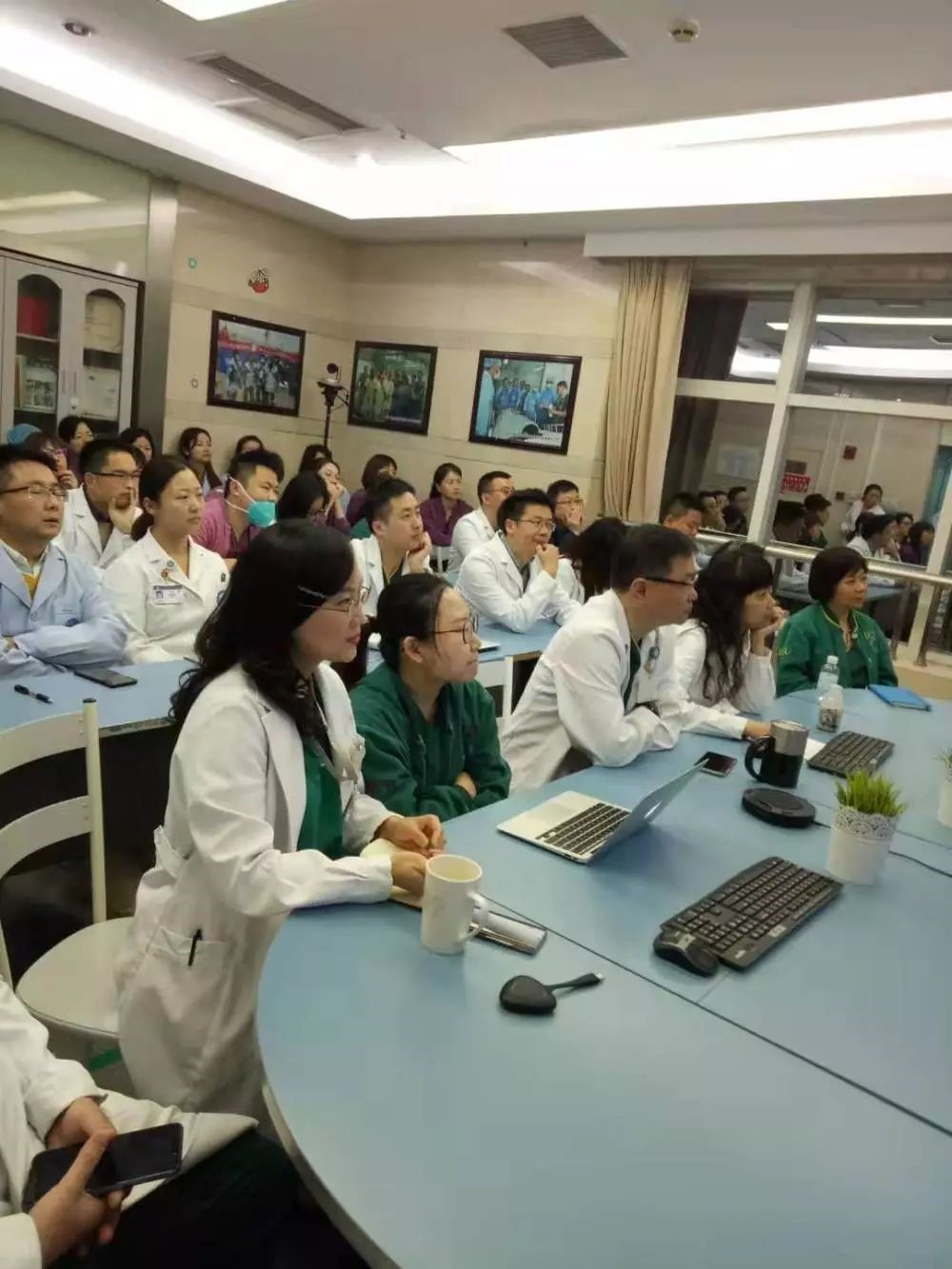
Mayo Critical Care Team
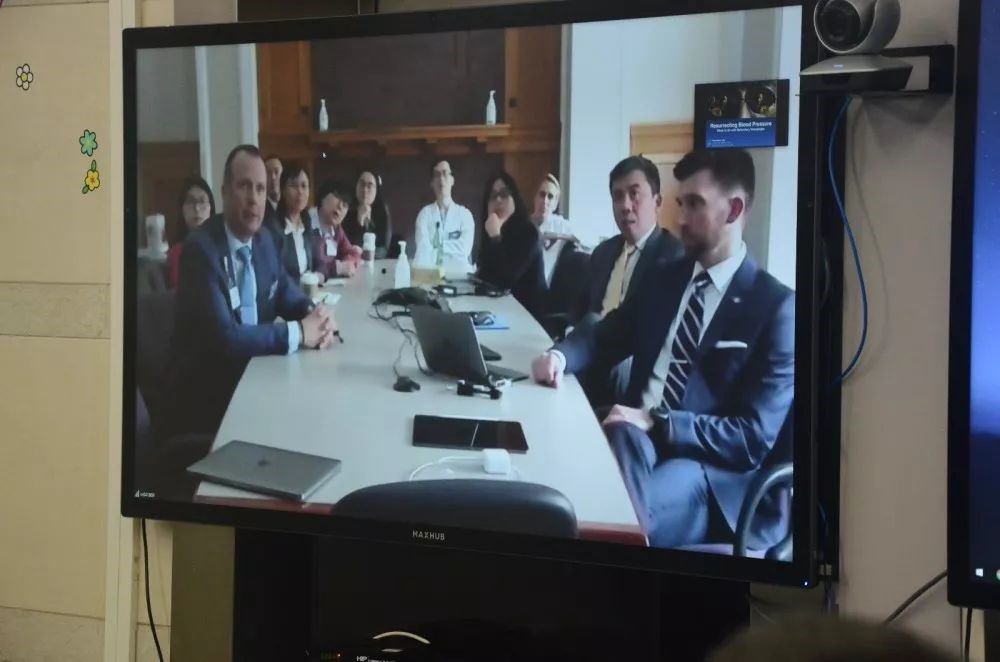
Case report
Both parties reported on the cases they had prepared, and shared the problems in the process of diagnosis and treatment, the experience of domestic and foreign treatment, evidence-based medicine, and explained the confusion in diagnosis and treatment in detail. Both sides communicated with each other seriously and gave good suggestions to each other, achieving the purpose of mutual learning, in-depth discussions, and common improvement. At the same time, there was a hot discussion on the treatment methods and cultural differences of therapeutic humanity care.
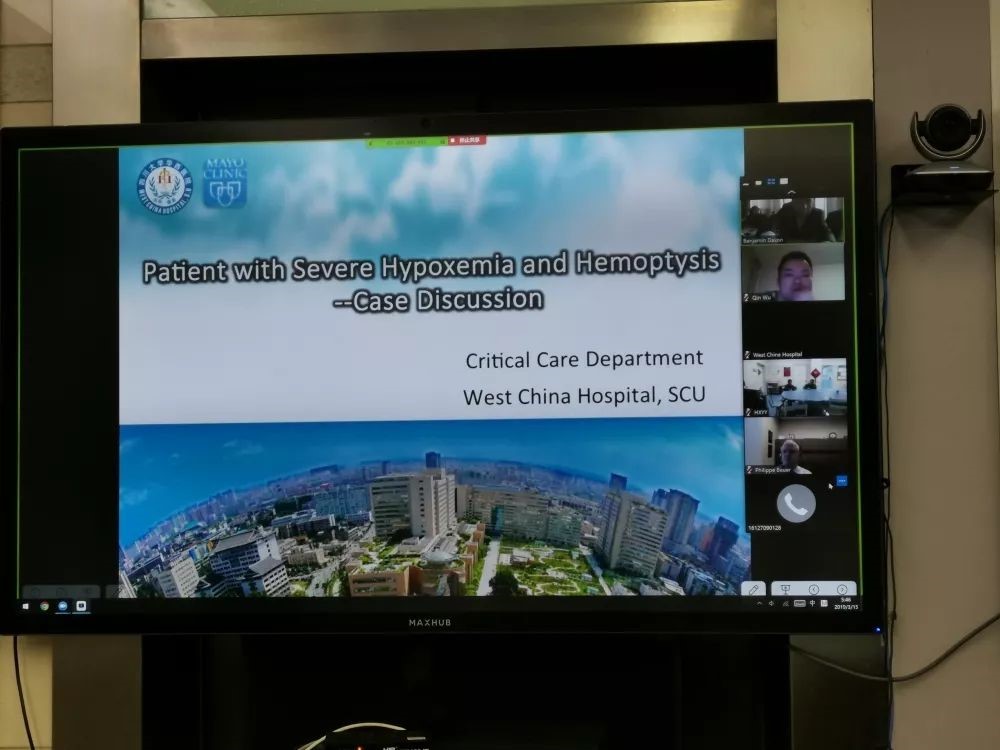
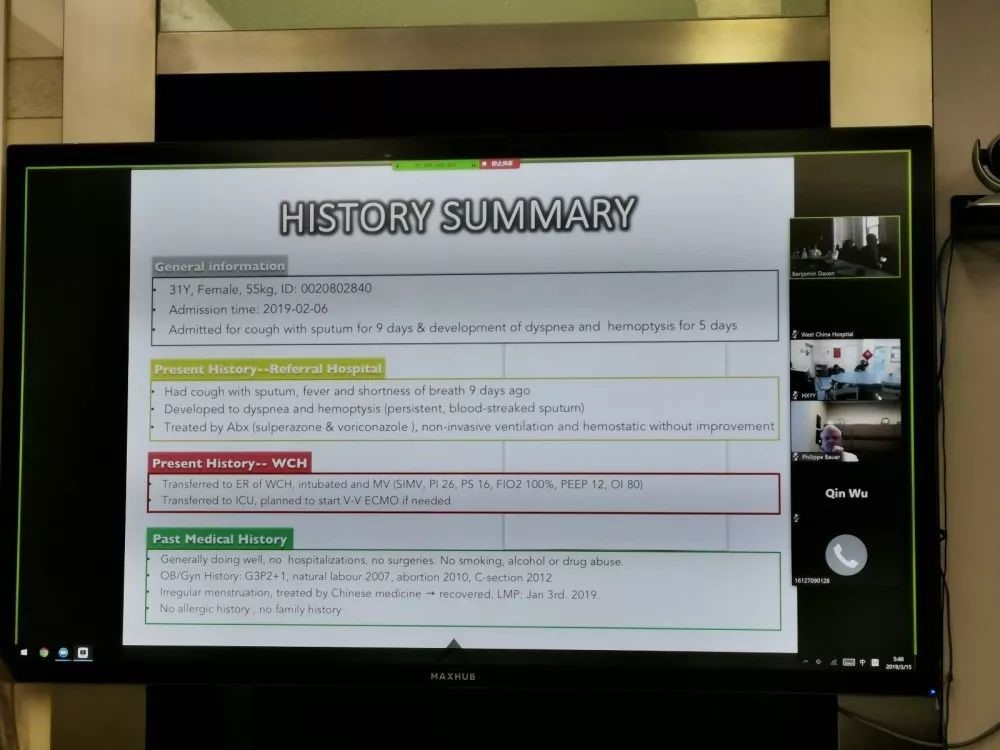
■ ■ ■ ■ ■ ■
■ ■ ■ ■ ■ ■
Case of West China Critical Care Team
The West China Critical Care Team demonstrated the treatment of a patient who had massive hemoptysis with ECMO, focusing on the management of coagulation and hemostasis. Reported by Dr. Ji Peng, the standard treatment process and results were demonstrated for the problems that occurred in the clinical diagnosis and treatment of this special patient. Because of the complex and variability of the patient's condition as well as some confusions, some of them gradually became clear and the two world's top critical care teams demonstrated a high-level confront and share of views through the continuous analysis of both sides, layer by layer.


■ ■ ■ ■ ■ ■
■ ■ ■ ■ ■ ■
Case of the Mayo Critical Care Team
The Mayo Critical Care Team reported a case by Dr. Benjamin T. Daxon. The case presented by the Mayo Critical Care Team focused on two issues: the first focused on the regulation of the ventilator parameters in the esophageal pressure monitoring; the second focused on the main topic of a new treatment for refractory vasospasm. They showed the hemodynamic effects after using methylene blue and vitamin B12, which became the focus of the case discussion.
Conventional remote case discussions need the support of telematics. The Critical Care Medicine Department of West China Hospital has been working on the construction of information systems for a decade, and has established a consortium of critical care medicine consisting of 57 hospitals. They plan to open the high-level communication to all members of the consortium, allowing them to join the discussion in order to absorb more members and achieve greater benefits.


